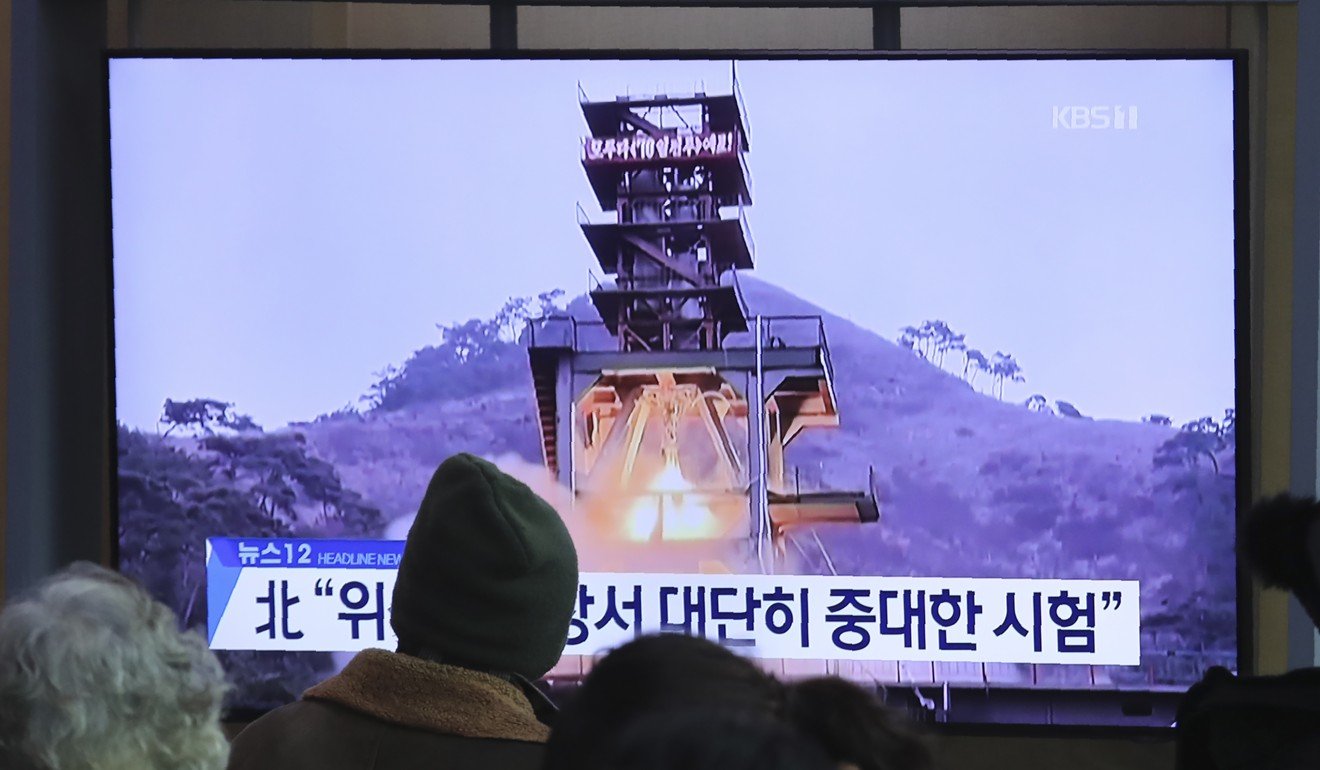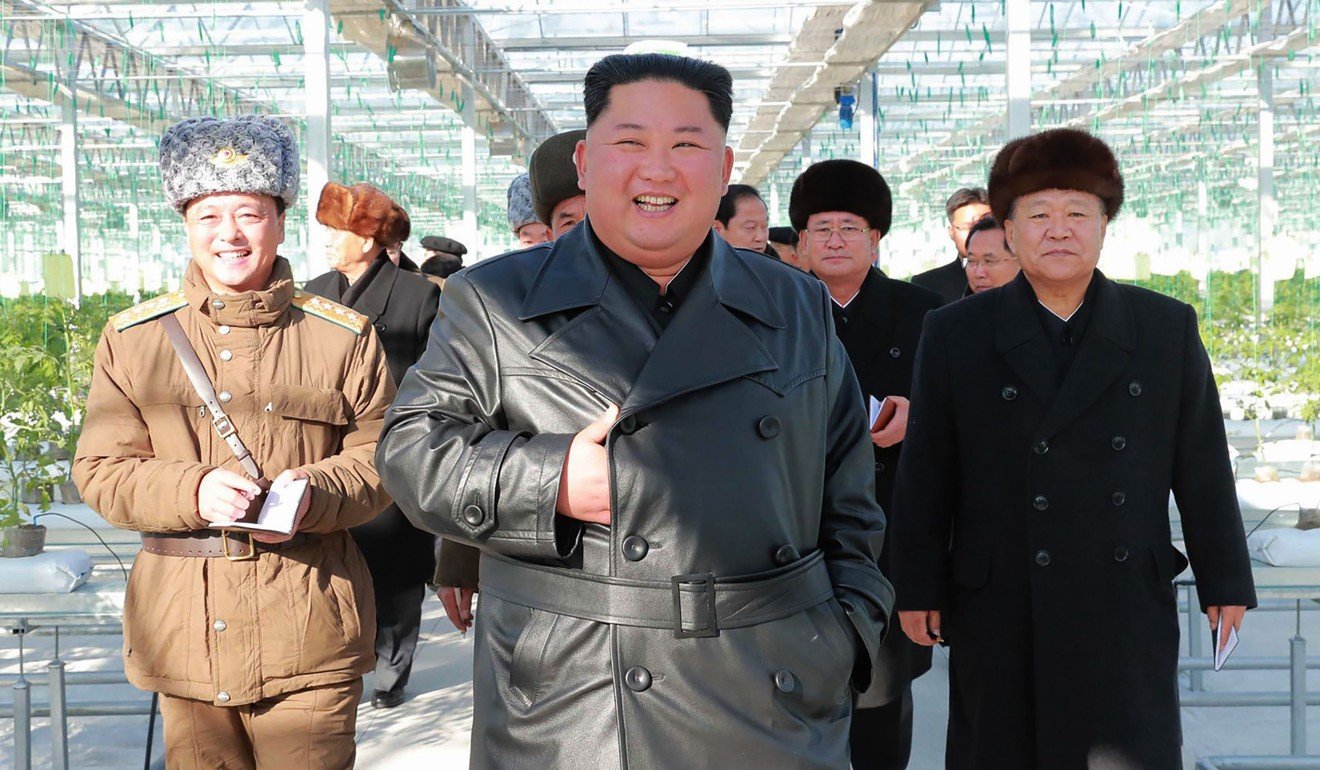
Explainer | How Kim Jong-un kept expanding North Korea’s nuclear arsenal while appearing to seek peace with US
- Of North Korea’s six atomic tests, Kim was responsible for four. Experts estimate North Korea has assembled 20-30 nuclear warheads
- Trump says his diplomacy with Pyongyang prevented a war. But the North Korean missile testing and name-calling have since resumed
Could Kim really hit the US?
Is North Korea’s new submarine ballistic missile a threat to US?
What about its bombs?
Of North Korea’s six atomic tests, Kim was responsible for four. They’ve come a long way since the first detonation in 2006 which measured less than 1 kiloton, leaving experts wondering whether it had been a partial failure.
The most recent, in September 2017, was the most powerful. Its estimated yield of 120-250 kilotons dwarfed the 15-20 kiloton US bombs that destroyed Hiroshima and Nagasaki in 1945. Experts estimate North Korea has assembled 20-30 nuclear warheads, the fewest among the nine nations with nuclear weapons.

How are North Korea’s weapons more nimble?
Kim has rolled out new solid-fuel ballistic missiles that are easier to move, hide and fire than many liquid-fuel versions. He has launched some two dozen since May including nuclear-capable, hypersonic KN-23 missiles that can strike all of South Korea – including US forces stationed south of Seoul – within two minutes. He has also launched KN-25 short-range missiles designed to be fired in rapid succession from a single launcher to overwhelm interceptors.
Where does Kim’s military get its fissile material?
It has been self-sufficient for decades. The programme, which once turned out enough plutonium for one nuclear bomb a year, now relies largely on uranium enrichment and, according to weapons experts, produces enough fissile material for about six bombs a year.
The Trump administration says North Korea has enlarged its stockpile since nuclear talks began. Experts estimate the country has enough for roughly 30-60 nuclear weapons.

What other surprises might be out there?
North Korea may be working on ICBMs that carry multiple warheads and in-flight countermeasures to throw interceptors off the trail, according to Datayo, an open-source weapons research site. Kim has pushed to develop his fleet of submarines and is looking to deploy a new vessel soon that experts say could fire missiles.
He may even try to revive the country’s satellite programme, arguing that North Korea has the right as a sovereign state to develop a space programme. Weapons experts say satellite launches could be used by North Korea to advance missile technology.
How big are North Korea’s conventional forces?
Despite being among the world’s poorest countries, North Korea has one of the largest militaries. Of its 25 million population, nearly 1.2 million people are in active service, according to a US State Department report.
On top of that, more than 6 million North Koreans are considered reserve soldiers. The military has thousands of pieces of artillery trained on the Seoul area and hundreds of missiles that can strike South Korea and Japan.

How can the country afford all this?
The money needed is not huge in global terms. North Korea spent nearly US$4 billion on its military in 2016, according to the State Department report – roughly equivalent to two days’ US military spending. As a share of its economy, though, the outlay ranks among the highest globally, if not the highest.
Wasn’t Trump going to fix this?
Trump’s talks with Kim, beginning with a much-heralded meeting in Singapore in June 2018, turned the duo from insult-throwing enemies into dialogue partners. Trump says his diplomacy with Pyongyang prevented a war. But their three meetings have yet to produce a significant breakthrough – and the North Korean missile testing and name-calling have resumed.
North Korea has become what three decades of diplomacy had tried to prevent – a state capable of developing, projecting and detonating atomic bombs.

